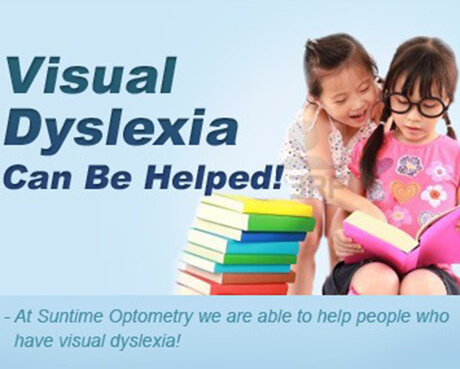Developmental Dyslexia And Vision

Developmental dyslexia affects almost 10% of school-aged children and represents a significant public health problem. Its etiology is unknown. The consistent presence of phonological difficulties combined with an inability to manipulate language sounds and the grapheme–phoneme conversion is widely acknowledged. Numerous scientific studies have also documented the presence of eye movement anomalies and deficits of perception of low contrast, low spatial frequency, and high frequency temporal visual information in dyslexics. Anomalies of visual attention with short visual attention spans have also been demonstrated in a large number of cases. Spatial orientation is also affected in dyslexics who manifest a preference for spatial attention to the right. This asymmetry may be so pronounced that it leads to a veritable neglect of space on the left side. The evaluation of treatments proposed to dyslexics whether speech or oriented towards the visual anomalies remains fragmentary. The advent of new explanatory theories, notably cerebellar, magnocellular, or proprioceptive, is an incentive for ophthalmologists to enter the world of multimodalcognition given the importance of the eye’s visual input.
Comments: Ophthalmology in the United States has, for decades, stated that vision has nothing to do with academics and in particular reading. Despite the overwhelming evidence to the contrary, ophthalmology in the USA still maintains that vision has nothing to do with learning. Well here’s a paper in the May 2013 issue of Clinical Ophthalmology by several French ophthalmologists that reviews developmental dyslexia and vision. Guess what they found? Yep, many aspects of vision and vision information process does affect how we learn. This means that if a vision deficit is present we can probably “fix” it with optometric vision therapy. that’s good news for our patients, their families, their teachers and all involved. The FREE full version of this paper is available on line athttp://www.dovepress.com/articles.php?article_id=13037 . Please download this and share with all you know. Don’t forget to tell our ophthalmology colleagues, that they should read this review as well. Sooner would be better than later. DM
reference : http://www.mainms.com/23/5/devlpmetl-dylexia-andvion.tml


